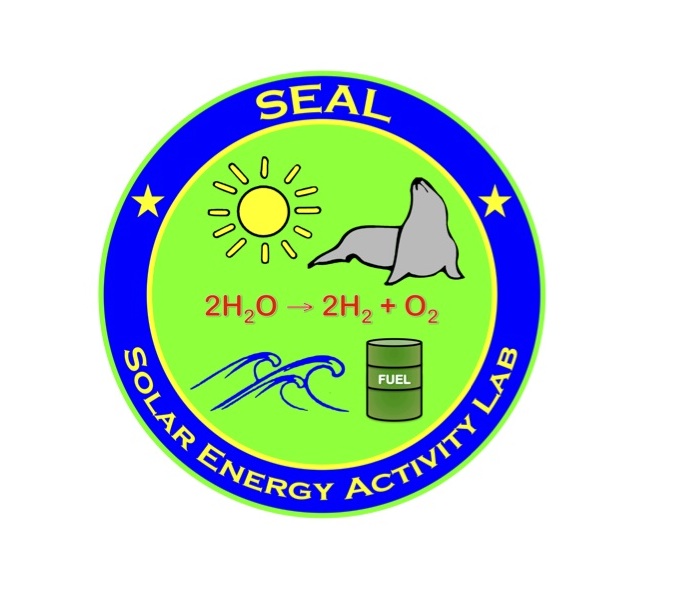
The SEAL Project was started in 2011 at Caltech, based on the SHArK Project established in 2008 at University of Wyoming by Professor Bruce Parkinson. The SEAL kit continues the work of SHArK − searching for a robust catalyst that can photoelectrolyze water − but using a new LED pulsar array developed by Dr. Jay Winkler.
The goal is to discover metal oxide semiconductors that can split water into hydrogen and oxygen using sunlight. Currently, no known stable semiconductor is capable of efficiently and inexpensively photoelectrolyzing water with sunlight. There are about 20 earth-abundant metals in the periodic table. Mixing them in different ratios results in millions of different combinations. Young people in high schools and colleges across the country are being recruited in a “Solar Army” to help solve this problem through Citizen Science.
